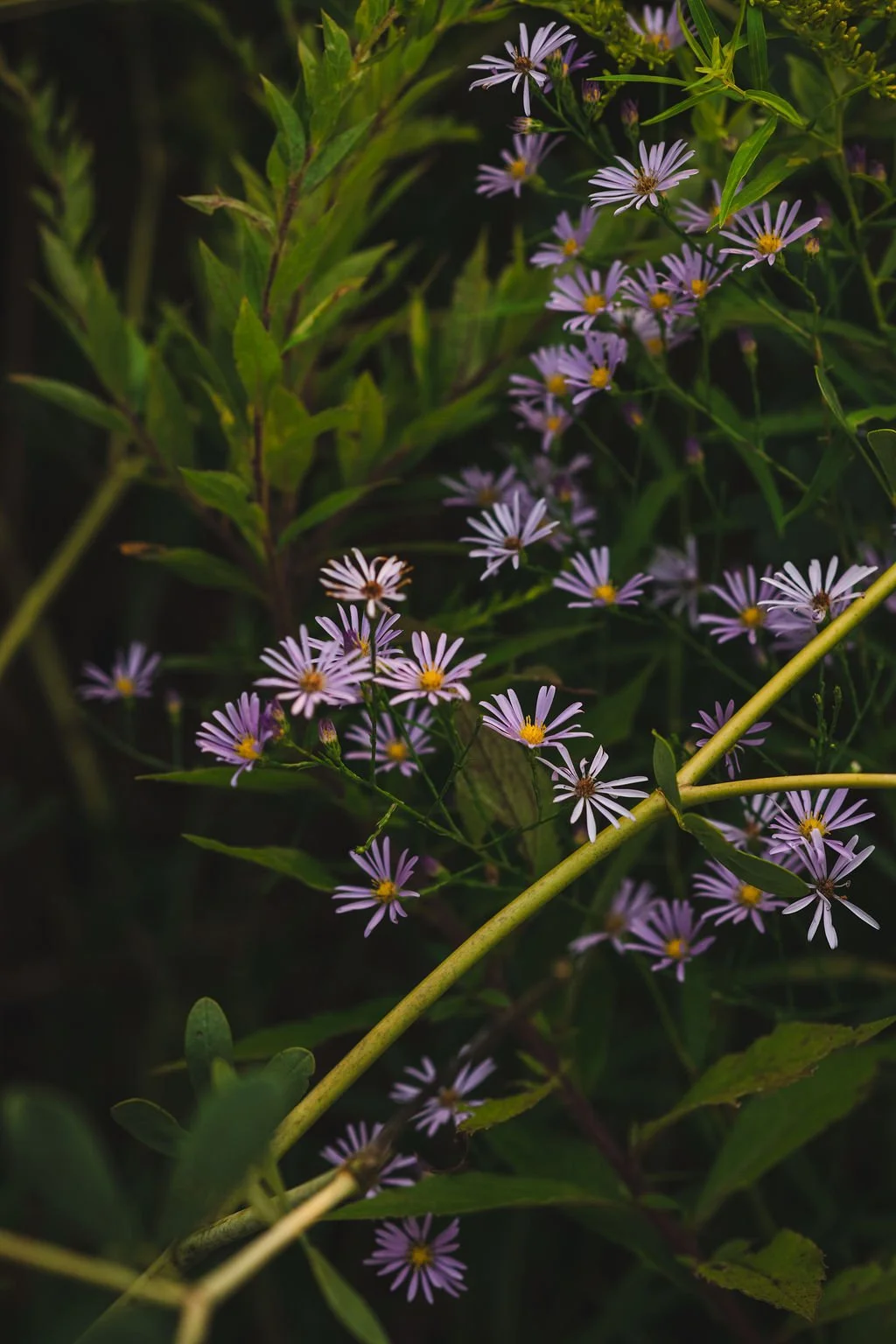
In The News
Press & Announcements
All News

Walk on the Wild Side Is Live!
Our new video series is here! Walk on the Wild Side features inspiring conversations with Rebecca McMackin, Edwina von Gal, and Filippine Hoogland — three voices redefining what it means to garden for life. Watch as they share stories of restoration, beauty, and hope from the frontlines of rewilding.

Plan It Wild in The New York Times: Making Rewilding Mainstream
Plan It Wild was featured in The New York Times in a story about how lawns can be transformed into living landscapes. The article highlighted our Less Lawn, More Life Challenge and the Wildr Score, tools that are helping thousands of people across the country rewild their yards and bring nature back home. 🌱

Plan It Wild on the Mic: Talking Rewilding on Growing Greener
In a new ‘Growing Greener’ episode, we talked about Less Lawn, More Life and how even small changes in our yards can create space for pollinators, birds, and biodiversity. In a new podcast episode, we talked about Less Lawn, More Life and how small steps can turn ordinary lawns into thriving habitat. We also talked about how the weekly challenges give people easy, practical steps to bring more pollinators, birds, and biodiversity into their own yards.
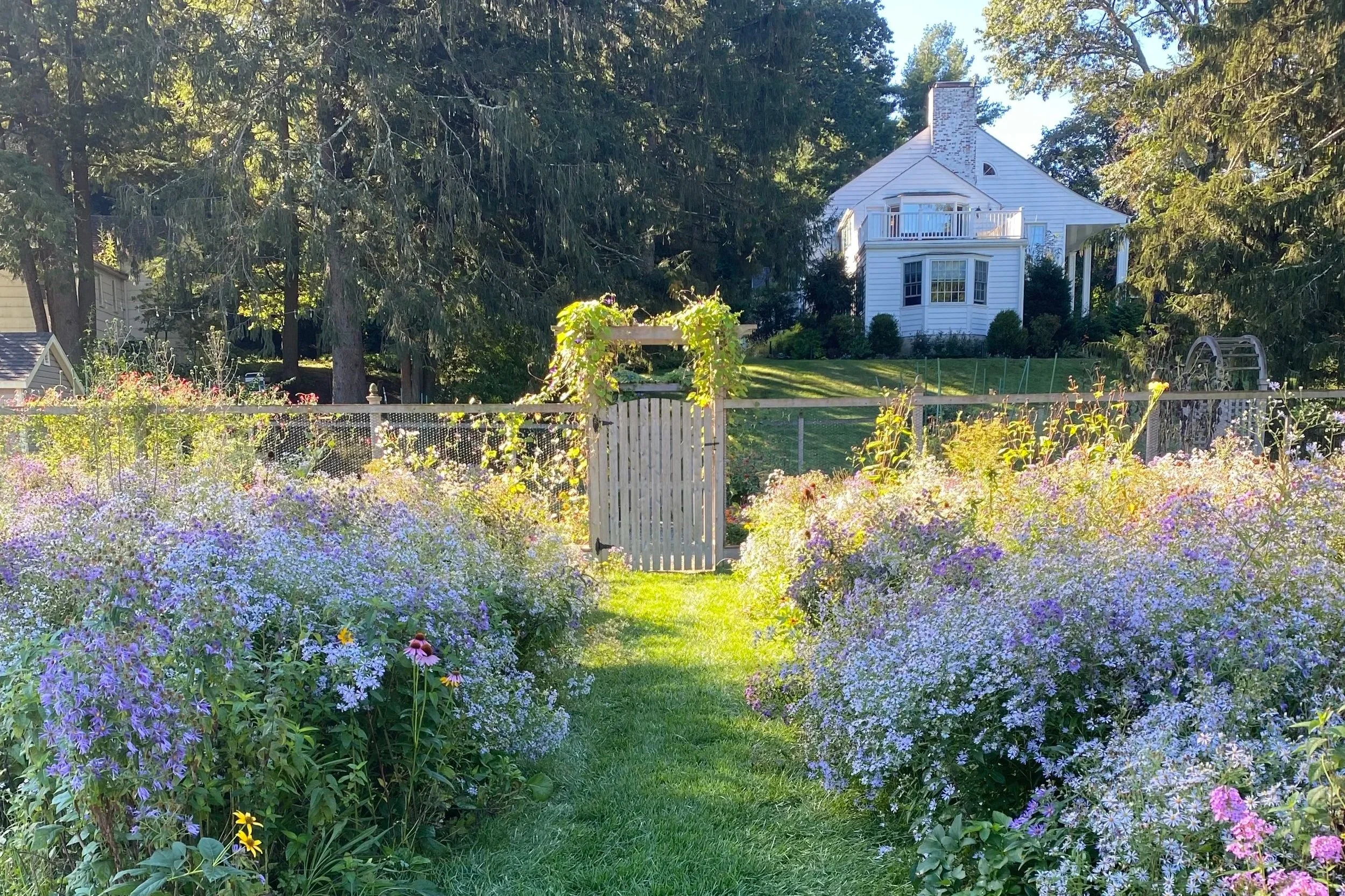
The Era of the American Lawn is Over
Lawns may be America’s most widespread crop, but they give little back to the ecosystems we depend on. As Ken Ilgunas notes in his New York Times piece, there’s another path—one where we let clover bloom, wildflowers spread, and yards come alive with birds and pollinators. Sometimes, doing less is exactly what both nature and people need.
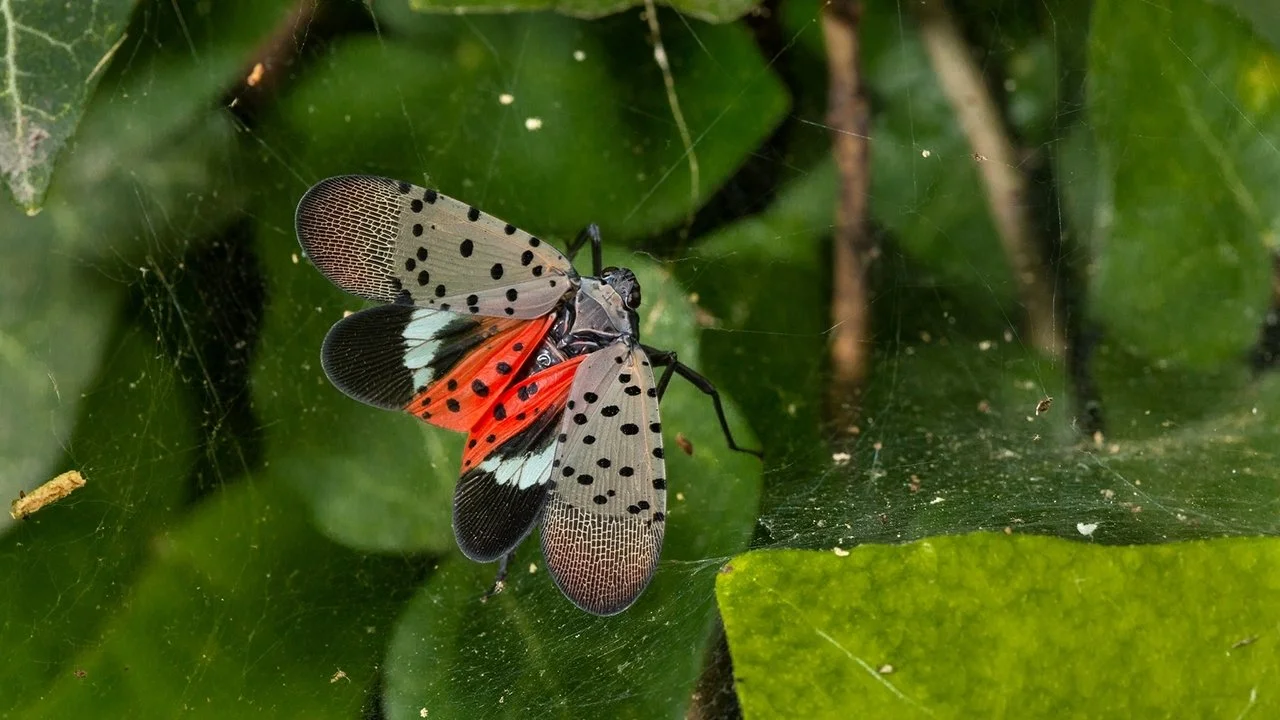
Nature’s Pest Control: Bats vs. the Spotted Lanternfly
Rutgers researchers recently discovered spotted lanternfly DNA in nearly 30% of bat guano samples across New Jersey. That means our native bats are already helping to control this destructive invasive species—no pesticides or traps required. It’s a powerful reminder that when we support healthy ecosystems, nature often finds its own way to restore balance.

Why Planting Native Trees Matters More Than Ever
New research from ecologist Desiree Narango at the Vermont Center for Ecostudies reveals just how much planting local matters. By studying the Promethea moth, whose caterpillars feed on Prunus species like plums and cherries, Narango found that black cherry (Prunus serotina), a tree both native and local to the Northeast, supported the fastest growth, greatest caterpillar biomass, and highest survival. The takeaway is clear: when we choose locally native trees, we strengthen the foundation of our ecosystems and give wildlife the best chance to thrive.

The Hidden Cost of Turf and How Rewilding Can Fix It
USA Today recently highlighted how traditional lawns make flooding worse and leave little room for wildlife, while rewilding offers a way forward. By swapping turf for native plants, homeowners can slow down stormwater, create habitat for pollinators and birds, and turn their yards into living landscapes that work better for both people and nature.

What Can a Forest the Size of a Classroom Do?
Even the smallest scraps of land can spark ecological transformation. Across urban and suburban neighborhoods, classroom-sized MicroForests are proving that no space is too small to restore. Once overlooked as “too small to matter,” these patches now cool streets, absorb stormwater, and provide habitat for pollinators and birds—bringing vibrant nature back into the very places where people live and work.
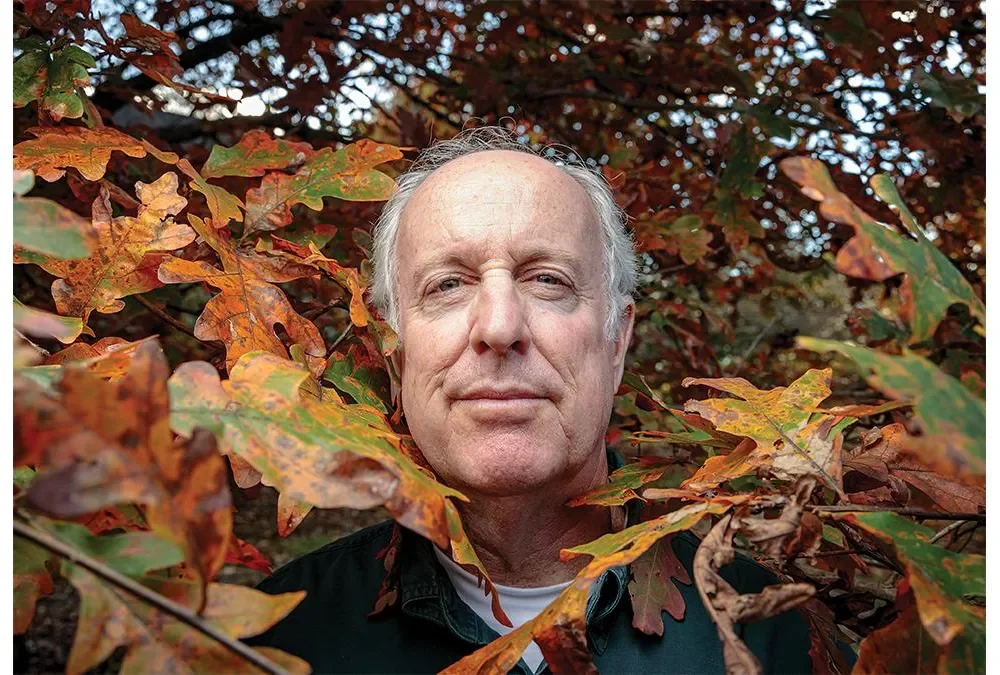
Doug Tallamy on NPR: Turning Yards into “Little National Parks”
NPR recently featured ecologist Doug Tallamy, co-founder of Homegrown National Park® and a member of Plan It Wild’s Science Advisory Board, in a piece about turning yards into “little national parks.” The article highlighted how homeowners across the country are replacing turf with native plants and creating pockets of habitat that, together, support pollinators, birds, and biodiversity on a larger scale.
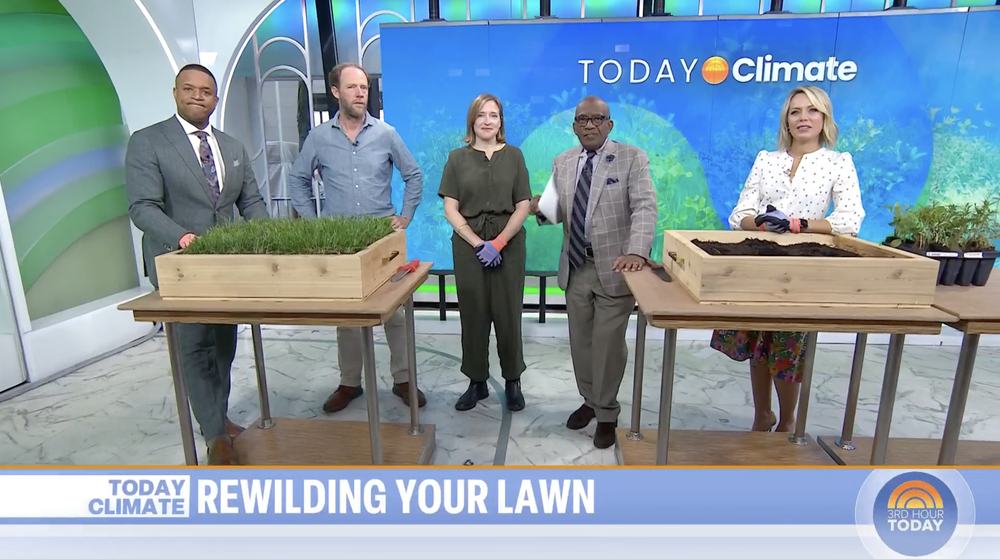
Plan It Wild on NBC’s TODAY Show
We’re thrilled to share that Plan it Wild was featured on NBC’s TODAY Show in a segment on rewilding lawns. The story highlighted how simple steps like mowing less and planting native species can bring yards back to life, and it gave us the chance to share our mission with a national audience.

Garden Club of America Honors Murray Fisher with Conservation Commendation
We’re proud to share that Plan It Wild’s Chief Naturalist, Murray Fisher, has received the 2025 Zone Conservation Commendation from The Garden Club of America. This award honors his outstanding leadership in conservation, education, and biodiversity advocacy.

We’re on ABC News!
Plan it Wild was recently featured on ABC News in a story about homeowners rewilding their yards with native plants. The piece showed how more people are moving beyond turf lawns and creating spaces filled with pollinators, birds, and other wildlife, a sign that rewilding is becoming a national movement.
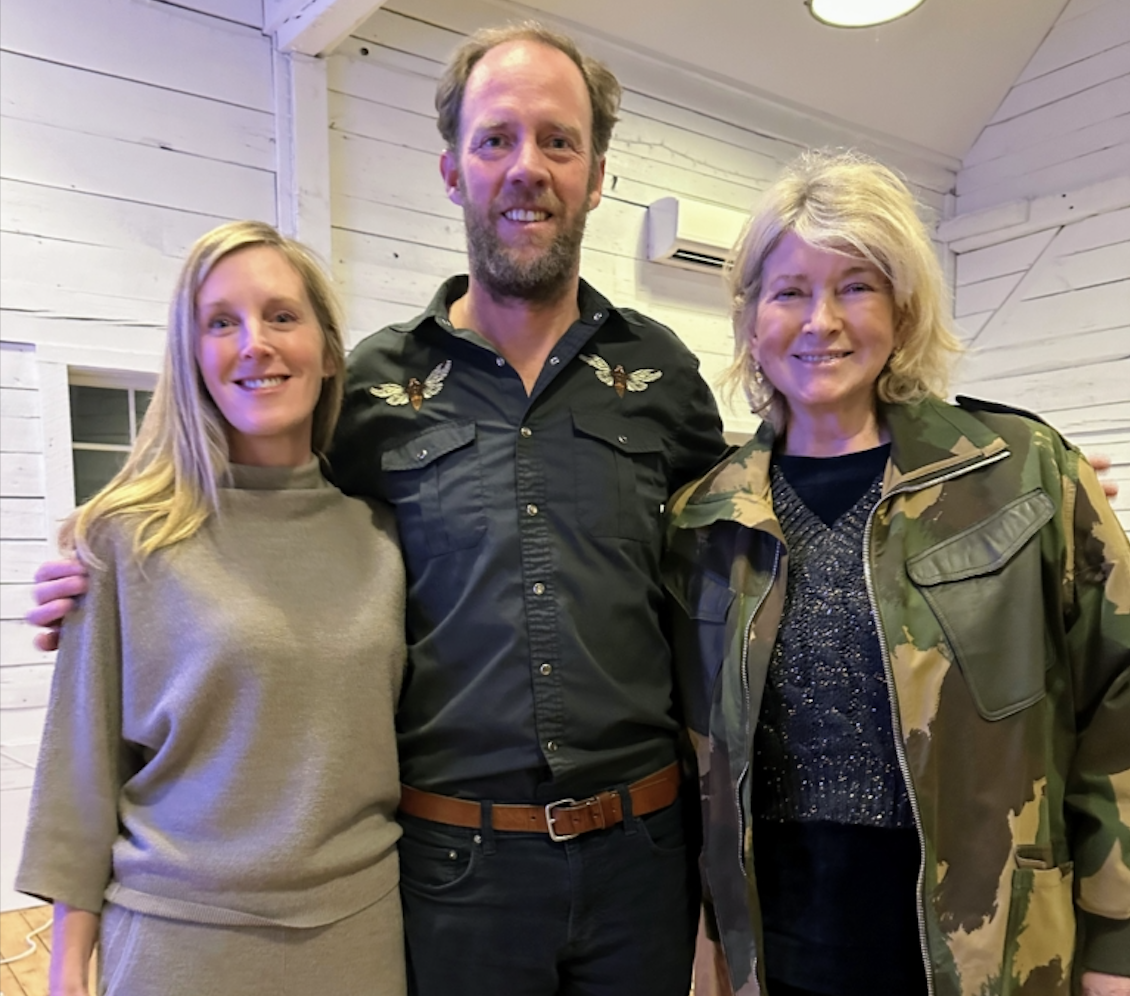
Rewilding and Biodiversity with PLANitWILD’s Murray Fisher
At Cantitoe Corners in Bedford, our Chief Naturalist Murray Fisher has been reimagining the land by replacing lawn with native habitat and restoring woodlands. His efforts have already brought back more than 125 bird species, along with turkeys, hawks, and countless insects—showing how quickly a landscape can come alive when given the chance.

Rewilding Lawns: Embracing Sustainability and Biodiversity in Westchester and Fairfield County, and Beyond!
By transitioning away from traditional lawns and allowing our outdoor spaces to rewild, we can promote biodiversity conservation, water conservation, carbon sequestration, and lower maintenance costs. Rewilding not only creates habitats for various species but also helps mitigate flooding risks and contributes to the fight against climate change.

The Power of Native Plugs: Why Small-Scale Native Planting Packs a Punch
Discover the advantages of native plugs in landscaping - from rapid growth and easy installation to cost savings and environmental conservation. Embrace the power of native plants and make a positive impact on your garden and the environment. Find out why native plugs are the superior choice for your landscaping projects.

Growing a Greener Future: Plan it Wild and Aspetuck Land Trust Join Forces for Micro-Forests in Bridgeport
Exciting news! Plan it Wild is proud to announce our partnership with Aspetuck Land Trust (ALT) in a groundbreaking initiative to create densely planted micro-forests across seven public school sites in Bridgeport.

Poison Ivy: The Misunderstood Native Plant
Explore the ecological significance of poison ivy in Westchester County, New York. Despite its notorious reputation for causing discomfort and irritation, poison ivy plays a vital role in the local ecosystem. From being a crucial food source for birds to attracting insect pollinators, this native plant contributes to the biodiversity and balance of the region. Learn how to identify poison ivy and differentiate it from similar plants to coexist with this misunderstood species without falling victim to its effects. Gain a deeper understanding of the importance of this native plant in our natural surroundings.

Why You Should Choose Native Plants for Your Spring Plantings
Hudson Valley native plants are well-adapted to the local weather patterns, rainfall levels, and live in symbiosis with the many insects and birds.

Plan it Wild: making every day Arbor Day
Through our ecological mission to bring back habitat in the American yard, Plan it Wild has focused on tree planting in Westchester County yards and beyond.

PiW on the Lisa Wexler Show
Our very own Missy Fabel and Murray Fisher talk to Lisa Wexler about how to rewild your back yard.
